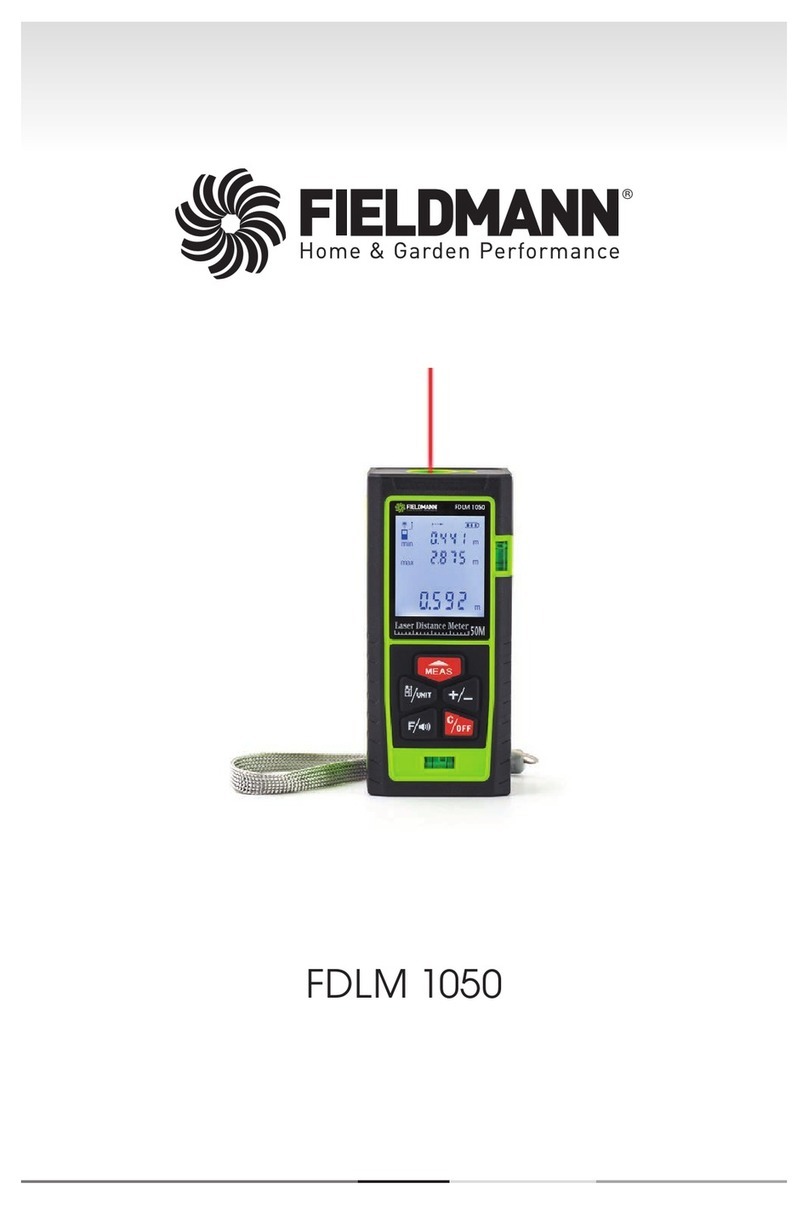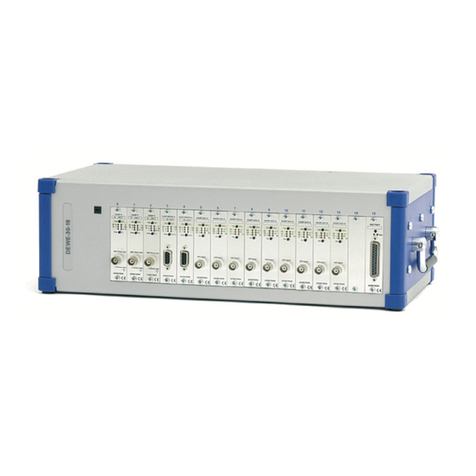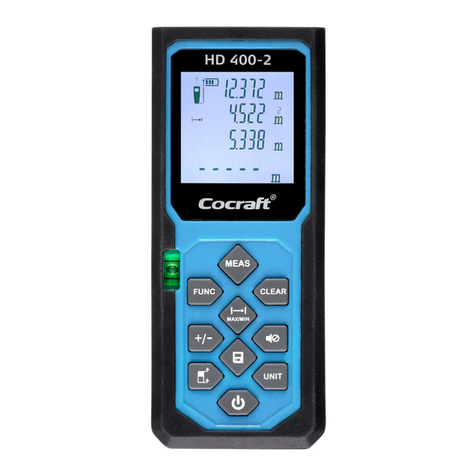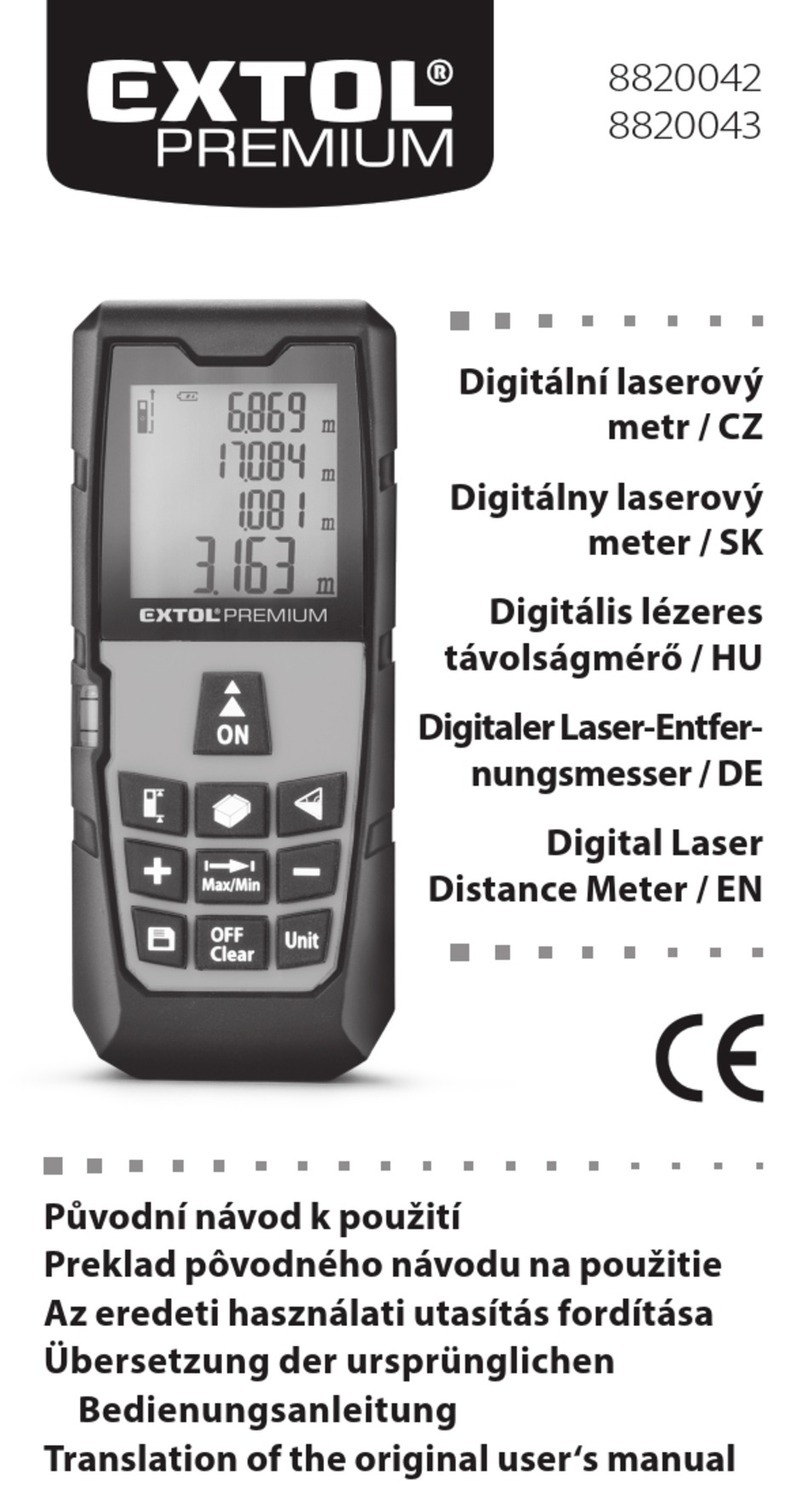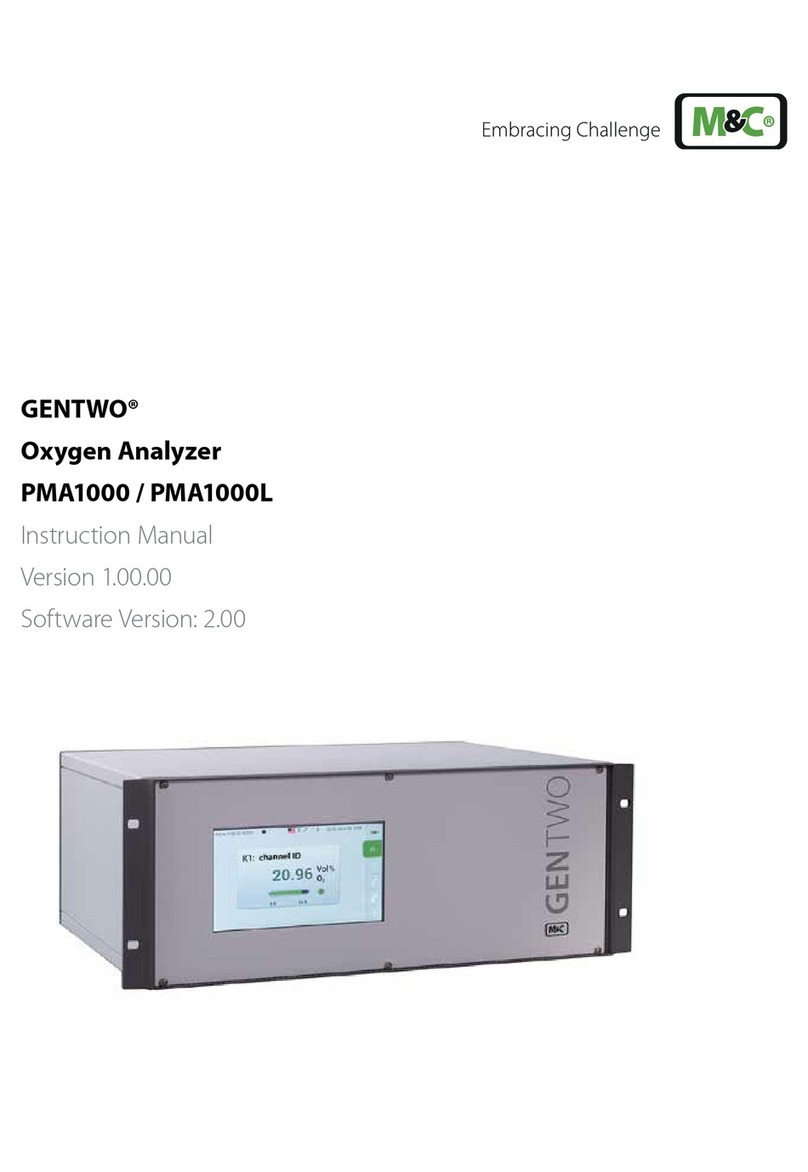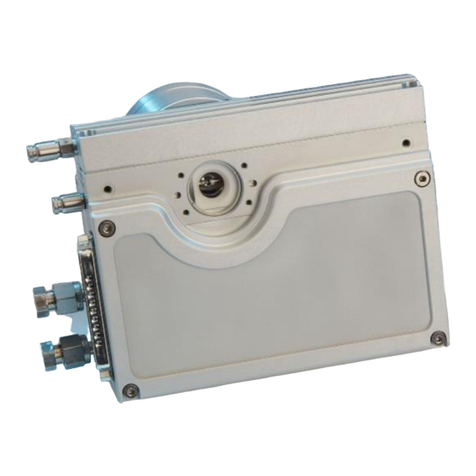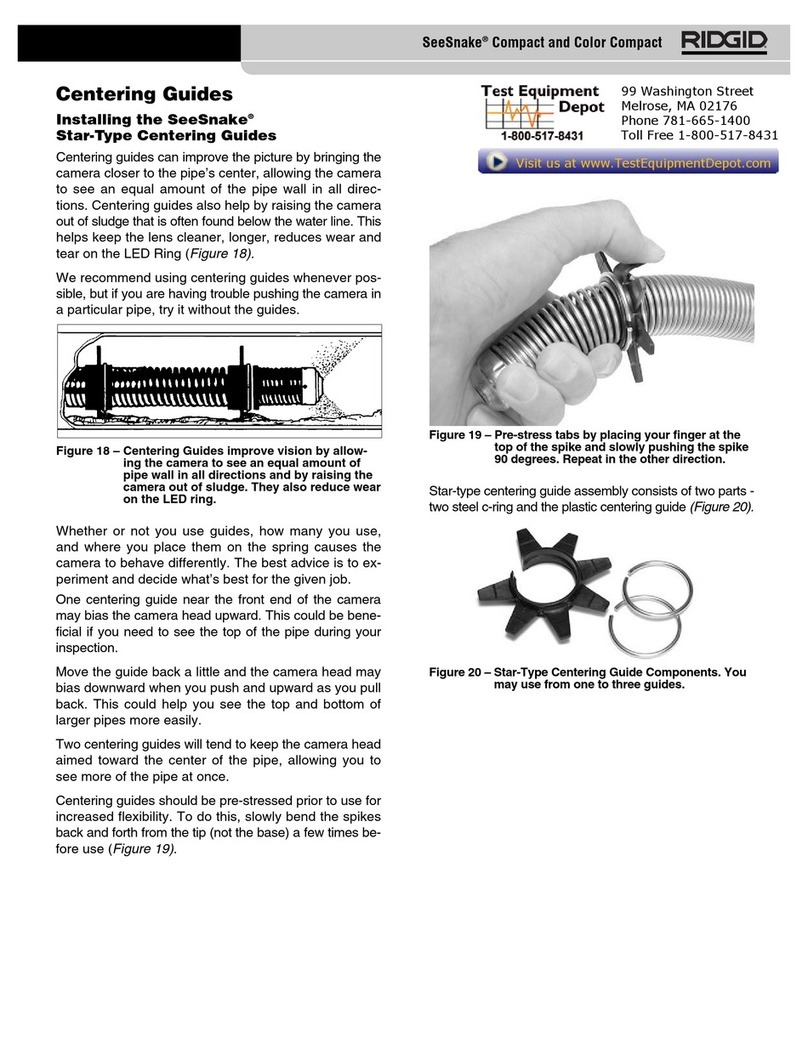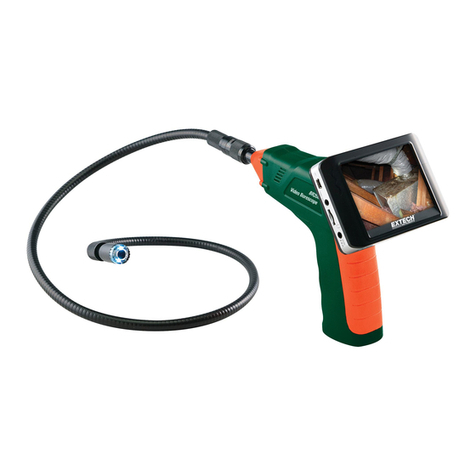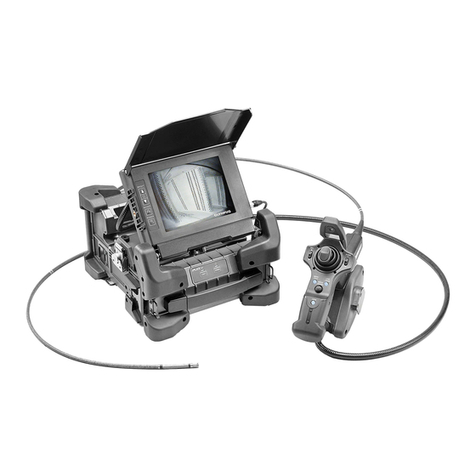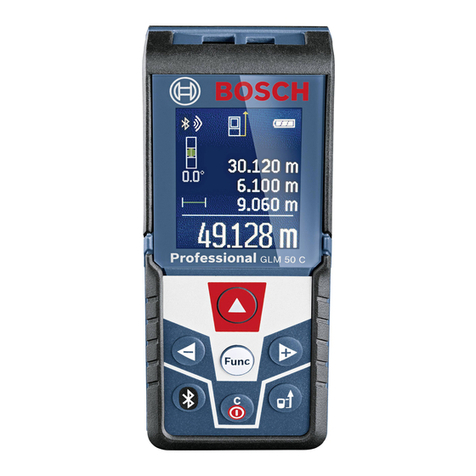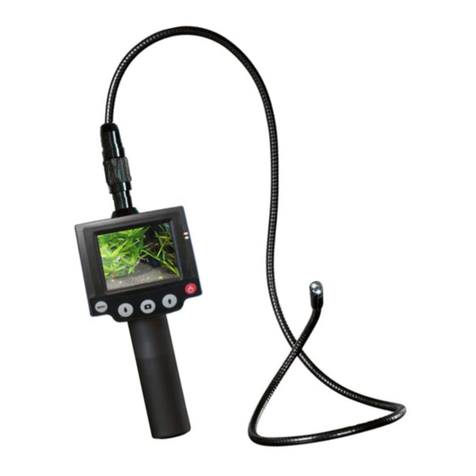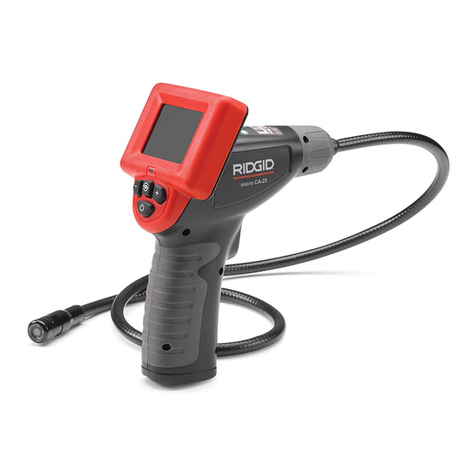
Table of Contents
1. Introduction ............................................................................................................................................ 1
2. Safety instructions.................................................................................................................................. 1
2.1. General Precautions ..................................................................................................................... 1
2.1.1 Definition of equipment and document symbols and designations........................................... 2
2.2. Laser Information .......................................................................................................................... 3
2.3. Labels and Safety Notification....................................................................................................... 4
2.4. Safety Interlocks............................................................................................................................ 5
2.5. External Interlocks......................................................................................................................... 5
2.6. Correct disposal of the unit ........................................................................................................... 5
3. Preparation of System ........................................................................................................................... 5
3.1. Unpacking guide ........................................................................................................................... 5
3.2. System Description ....................................................................................................................... 6
3.2.1 Power Supply Controller ........................................................................................................... 6
3.2.2 Lamp House Assembly ............................................................................................................. 7
3.3. Optical Performance ..................................................................................................................... 8
3.4. Physical Specifications.................................................................................................................. 8
3.5. Utility requirements ....................................................................................................................... 8
3.6. Environmental Requirements........................................................................................................ 9
3.7. Remote Interface........................................................................................................................... 9
3.8. External interlock connection ...................................................................................................... 10
4. TLS-EQ-77H Setup.............................................................................................................................. 10
4.1. Connections ................................................................................................................................ 10
4.1.1 Electrical Power....................................................................................................................... 10
4.1.2 Purge Gas ............................................................................................................................... 10
4.1.3 RS-485 Interface ..................................................................................................................... 10
4.2. Installation Procedure ................................................................................................................. 11
4.3. Chiller Information ....................................................................................................................... 13
5. TLS-EQ-77H Operation ....................................................................................................................... 13
5.1. Startup......................................................................................................................................... 13
5.2. Stopping ...................................................................................................................................... 14
5.3. Monochromator Interface ............................................................................................................ 14
6. Service Requirements.......................................................................................................................... 14
7. Maintenance and Troubleshooting Guide............................................................................................ 14
7.1. Optical Alignment ........................................................................................................................ 14
7.1.1
Objective
.................................................................................................................................. 14
7.1.2
Safety Warnings and Personal Protective Equipment (PPE)
...................................................... 14
